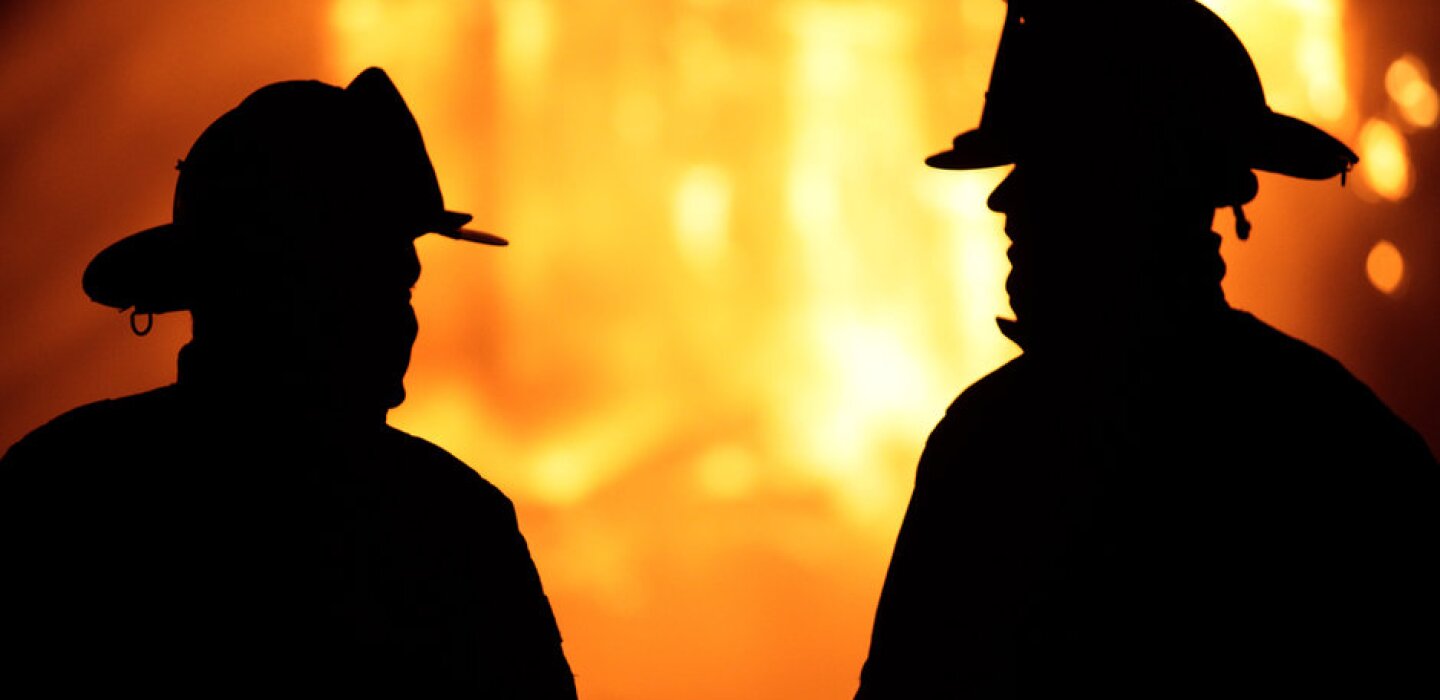
Firefighter Numbers Continue to Shrink as Calls Increase
As more wildland fires occur in several parts of the country, recently Texas, we see the problem of staffing and specifically the shortage of volunteer firefighters becoming more of an issue.
In some areas of the country, fighting wildland fires traditionally has fallen mostly or completely to volunteer firefighters. That started to change in the 1980s, and the number of volunteers today continues to decrease while the demand for firefighters increases.
Today’s firefighter does far more than put on the gear and go fight a fire or help with a traffic accident. Their duties include not only putting out fires but also acting as emergency medical personnel for all manner of situations.
Assistant Fire Chief Shane Metcalfe, of the Irondequoit Fire District in New York has followed in his father’s and grandfather’s footsteps as a firefighter and says today’s fire department is far different from what they experienced.
Metcalfe said when his father was fire chief, the department would get about 150 calls a year. That number has grown to about 4,000. Not only that, but the training to become a firefighter — even a volunteer — has increased exponentially.
“In the ’80s when someone called 911 for the fire department, it was for a serious incident like a house fire or a vehicle fire or motor vehicle accident,” Metcalfe said. “Today, when someone calls 911 or has a problem and they don’t know how to solve it, they often turn to emergency services, and our firefighters do everything from structure fires and vehicle fires and car accidents to medical alarms, investigations, technical rescues. So it’s really been transformed.”
As for the training, back in the ’80s, it was as simple as covering a couple of topics like hazardous materials and workplace safety that, along with a few other issues, took about eight hours to complete. The requirements continue to evolve with increased mandates for training and documentation as the profession is more and more recognized for how dangerous it can be.
There are solutions. Metcalfe’s department merged with another county to share costs, and together they now have 43 paid firefighters that work in shifts. They still have volunteers but use the service to recruit for the paid positions, a far cry from the way it was when his father was chief.
There are other solutions as well. Fire agencies across the country can offer courses that will help firefighters stay abreast of the training they need to work in the profession, said Robbi King, a solutions engineer for Vector Solutions.
“They should also implement courses available that can be tracked using a mobile app to help verify skills and training progress,” he said.
Long term, King recommends fire departments across the country focus on recruiting the next generation of firefighters through community programming and vocational training.
“There’s no better place to see if firefighting is what you want to do before investing in education or taking a job,” he said. “Gaining needed experience may help set people apart from other applicants. Also beginning as a volunteer may be the best way to have a good chance at retaining full-time firefighter work.”


Average Rating